When growing food, there are several minibeasts that are great for the garden and will help your plants but there are also minibeasts that will find all of your food delicious and eat them before they have the chance to grow!
Below is a guide of some of these garden pests and friends, along with a few ideas of environmentally friendly pest control methods.
Garden Pests

Slugs and snails are plant eaters. They munch on lots of our plants, often killing them.
Control method: Put broken egg shells or ground coffee around the base of the plant. Copper tape can also be used around the top of plant pots.
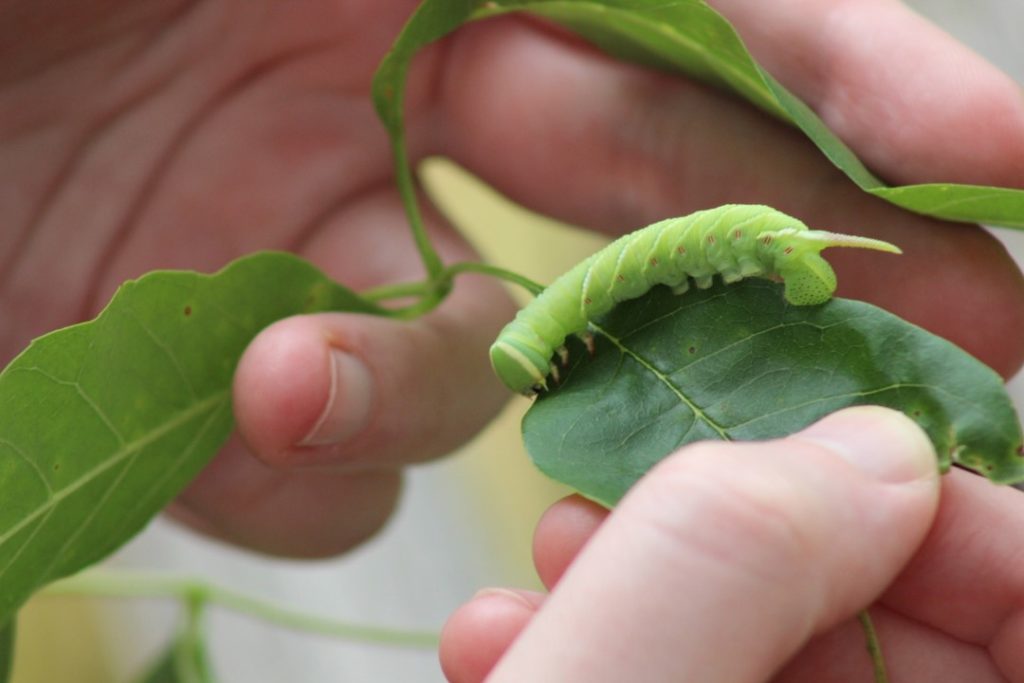
Caterpillars are plant eaters- they live on their ‘food plant’ eating it to build up energy for its transformation into butterfly/moth.
Control method: Look out for eggs and remove infested leaves, use netting to cover plants.
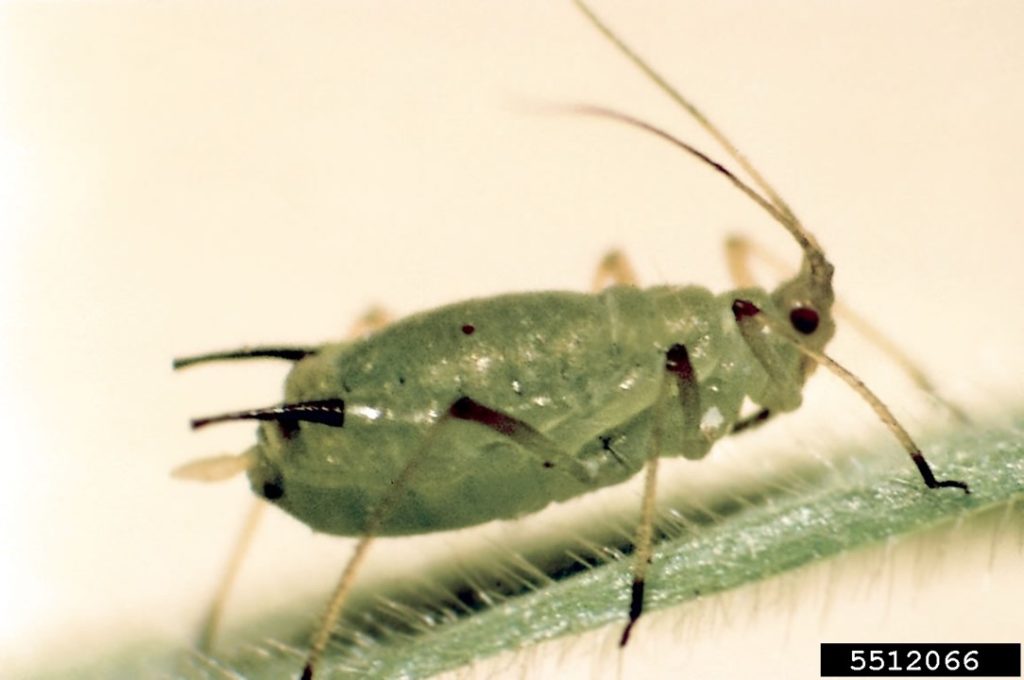
Aphids and Blackfly are sap suckers- tiny insects that drink the sap from the plant. Can infest a plant in high numbers and weaken it and affect it’s growth and production of fruit.
Control method: Blast with water/squash, encourage ladybirds and hoverflies, remove infested parts of plants.
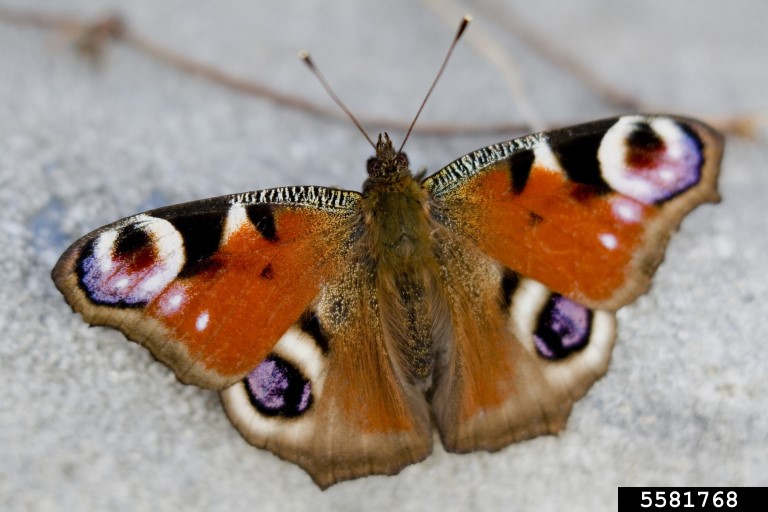
Butterflies are egg layers- while good for pollination, butterflies also use plants as a nursery for their babies and lay their eggs on specific plants.
Control method: Put netting over plants like cabbages to stop butterflies laying eggs
Garden Friends

Earthworms are composters – they help recycle nutrients by breaking down materials. Great in your compost bin!

Ladybirds are an aphid assassinator – adult ladybirds and their larvae eat lots of pests including aphids and mites
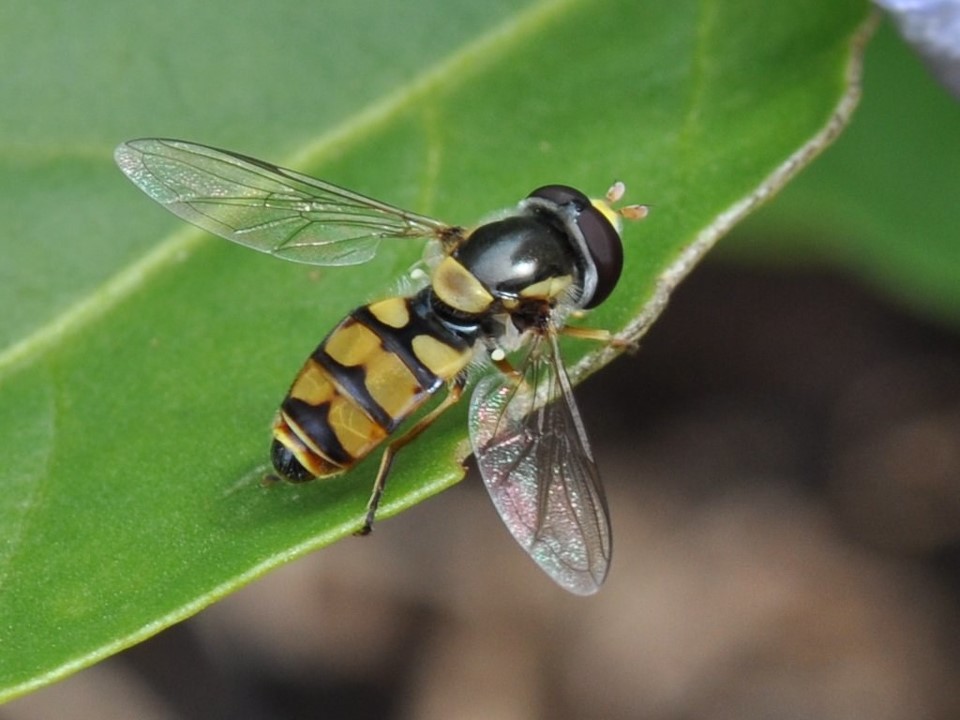
Hoverflies looks like a wasp but is completely harmless and it’s maggot-like larvae munches aphids by the dozen before emerging as an adult
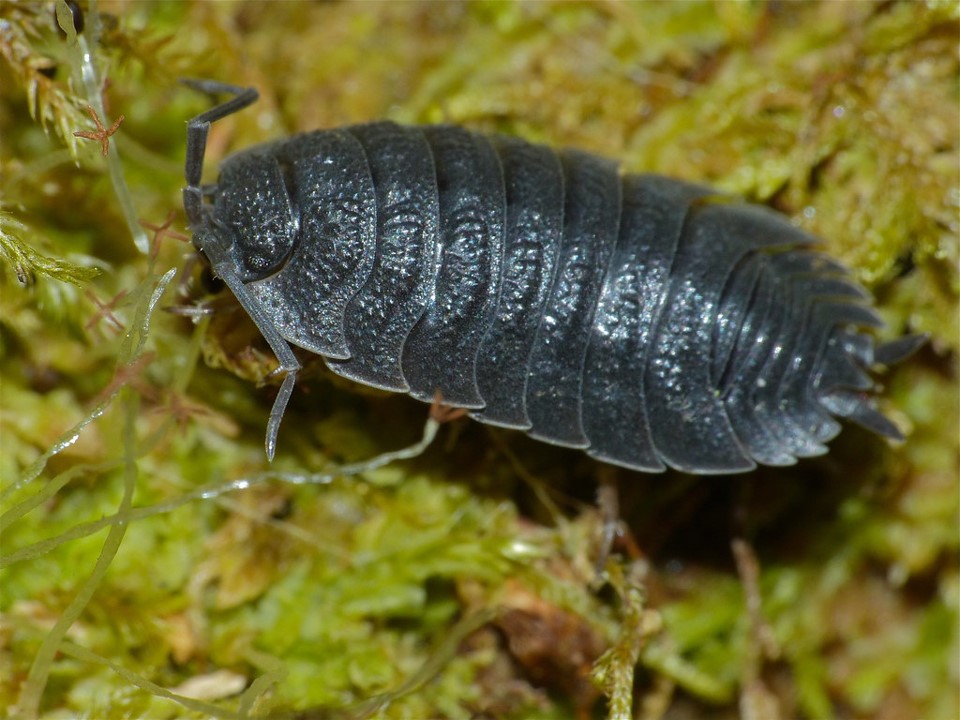
Bibble-bugs, tiggy-hogs and fairy’s pigs are all former names for the woodlouse. These creatures are important in the breakdown of plant material. By eating decaying matter they help to retain nutrients in the soil

Lacewings are great predators – both the adult and ferocious looking larvae eat aphids, mites, leafhoppers and scale insects
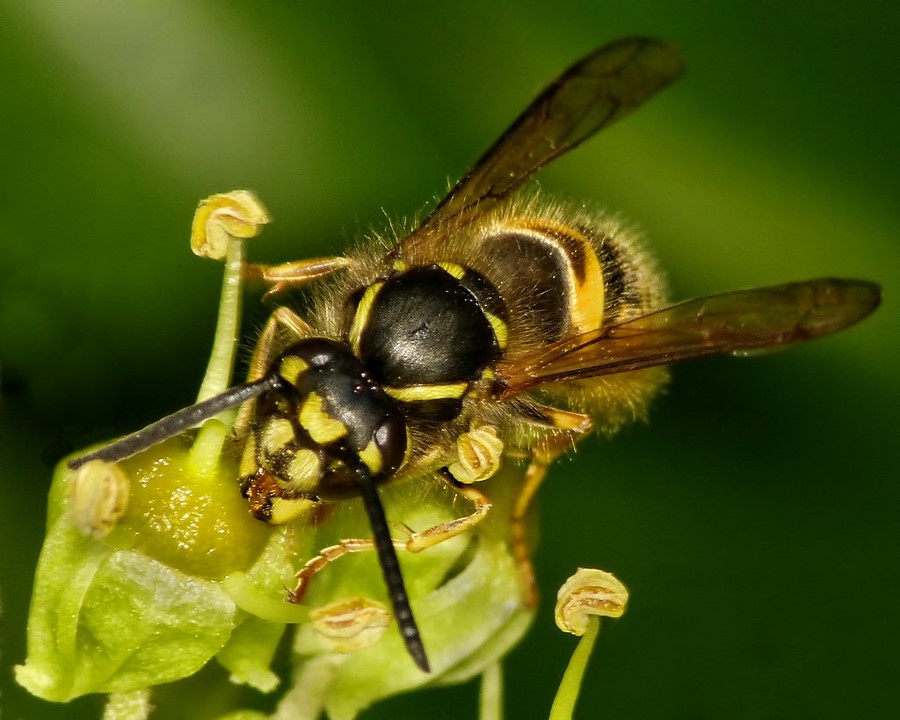
Wasps are an unexpected guest – The grubs of the wasp are fed almost entirely on caterpillars and other insects so having a nest near-by can help keep a huge range of pests away.